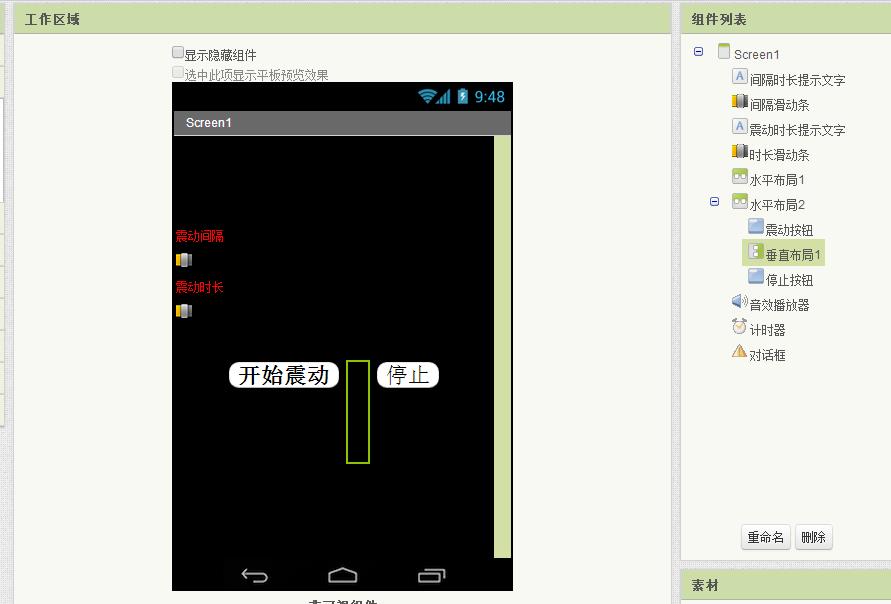如何根据用户的输入使bash文件以不同的方式回显?
我在shell脚本方面非常新,但我想编写一个基本脚本,bash文件将根据用户的输入回显不同的文本行。例如,如果脚本问用户“您在那里吗?”用户输入是“是”或“是”,那么脚本就会响应"hello!“之类的内容。但是,如果用户输入为"no“或"No”,则脚本将响应其他内容。最后,如果用户输入的内容不是“是/是”或“否”,脚本将响应“请回答是或否”。以下是我到目前为止所拥有的:
echo "Are you there?"
read $input
if [ $input == $yes ]; then
echo "Hello!"
elif [ $input == $no ]]; then
echo "Are you sure?"
else
echo "Please answer yes or no."
fi 然而,不管输入,我总是得到第一个响应(“你好!”)
此外,我想把文本到演讲(就像我已经做了其他bash文件项目使用节日)。在其他bash文件中,我是这样做的:
echo "Hello!"
echo "Hello!" | festival --tts是否有办法将其合并到上面的if然后/yes no提示符中?预先谢谢你,我用它来制作简单的bash文件,并帮助我自己学习。
回答 3
Ask Ubuntu用户
发布于 2018-05-19 22:35:15
主要问题是:
read $input在bash中,$foo通常是变量foo的值。在这里,您不需要值,而是变量的名称,所以它应该是:
read input类似地,在if测试中,$yes和$no应该只是yes和no,因为您只需要字符串yes和no。
您可以在这里使用一个case语句,它使基于输入的多个案例更容易执行:
case $input in
[Yy]es) # The first character can be Y or y, so both Yes and yes work
echo "Hello!"
echo "Hello!" | festival --tts
;;
[Nn]o) # no or No
echo "Are you sure?"
echo "Are you sure?" | festival --tts
;;
*) # Anything else
echo "Please answer yes or no."
echo "Please answer yes or no." | festival --tts
;;
esac您可以将两个echo语句和festival的使用包装在一个函数中,以避免重复:
textAndSpeech ()
{
echo "$@"
echo "$@" | festival --tts
}
case $input in
[Yy]es) # The first character can be Y or y, so both Yes and yes work
textAndSpeech "Hello!"
;;
[Nn]o) # no or No
textAndSpeech "Are you sure?"
;;
*) # Anything else
textAndSpeech "Please answer yes or no."
;;
esac对于$input,bash用它的值替换它,这在一开始并不是什么,所以read命令运行如下:
read 默认情况下,read将输入存储在变量REPLY中。因此,如果需要,可以完全消除input变量,使用$REPLY而不是$input。
还请看一看Bash中的这个select语句。
Ask Ubuntu用户
发布于 2018-05-19 22:56:39
TL;DR:修复语法错误,确保[测试中实际上有非空变量,并使一个函数通过tee传输到festival。
至于打印到屏幕上并输出到festival,我会亲自将脚本包装成一个函数,并将所有内容输送到festival,中间是tee (将文本同时发送到屏幕和管道)。
但是,有三个语法问题需要修复:
read $input应该是read input。shell脚本中的$符号取消变量(即,$input将被input所持有的内容所取代)。- 您没有声明
yes和no变量。您应该做的是字符串比较:[ "$input" == "yes" ] - 额外的
]]inelif
至于为什么你总是得到Hello!,这完全是因为前两个要点。在read $input之前,变量input不存在,所以您只执行read (也就是说,不存在的变量$input被解除为空字符串,只留下read命令)。因此,您输入的任何内容都会存储在REPLY变量中,这是read在没有指定变量名时使用的。而且因为yes变量不存在,所以它也被替换为空字符串。因此,在现实中,[ $input == $yes ]被视为[ "" == "" ],这始终是正确的。
$ [ $nonexistent == $anothernonexistent ] && echo "Success"
Success固定的脚本应该是这样的:
#!/bin/bash
main(){
read -p "Are you there?" input
if [ "$input" == "yes" ]; then
echo "Hello!"
elif [ "$input" == "no" ]; then
echo "Are you sure?"
else
echo "Please answer yes or no."
fi
}
main | tee /dev/tty | festival --tts记得在引用变量上读间差=和==在测试命令中。
Ask Ubuntu用户
发布于 2018-05-20 13:46:22
第三种方法是为每种情况分配一个公共变量,最后对该变量采取行动。我不知道这种方法在bash中有多普遍,但在其他编程语言中它是相当标准的。
另外,shopt -s nocasematch与[[一起用于不区分大小写的字符串比较.同时,YES和NO也被作为有效输入处理。
商店 [[https://www.gnu.org/software/bash/manual/html_node/Conditional-Constructs.html ]
#!/bin/bash
shopt -s nocasematch
read -p "Are you there?" input
if [[ "$input" == "yes" ]]; then
msg="Hello!"
elif [[ "$input" == "no" ]]; then
msg="Are you sure?"
else
msg="Please answer yes or no."
fi
echo $msg
echo $msg | festival --ttshttps://askubuntu.com/questions/1038276
复制相似问题











